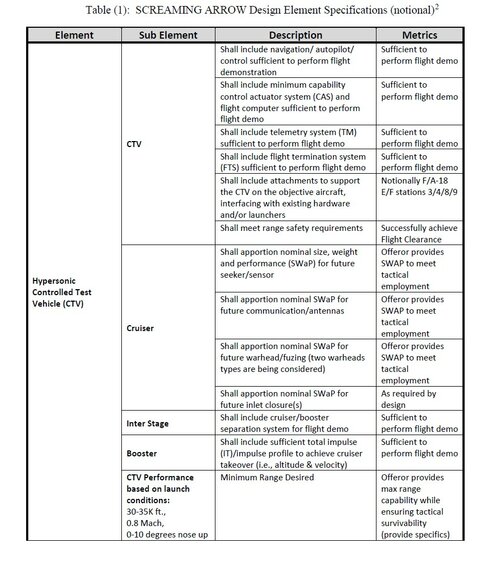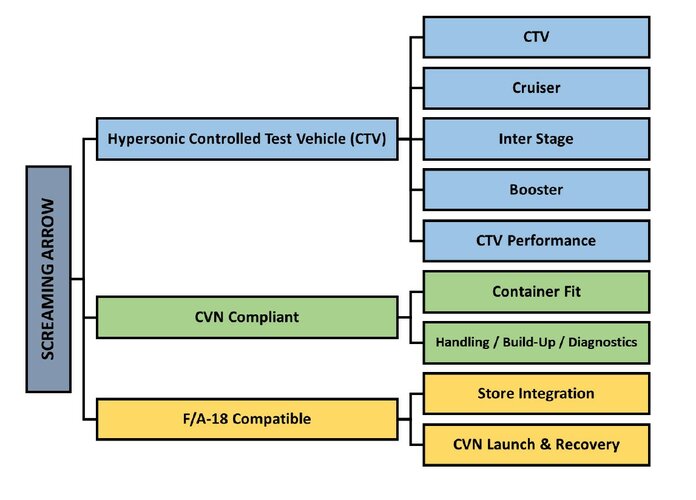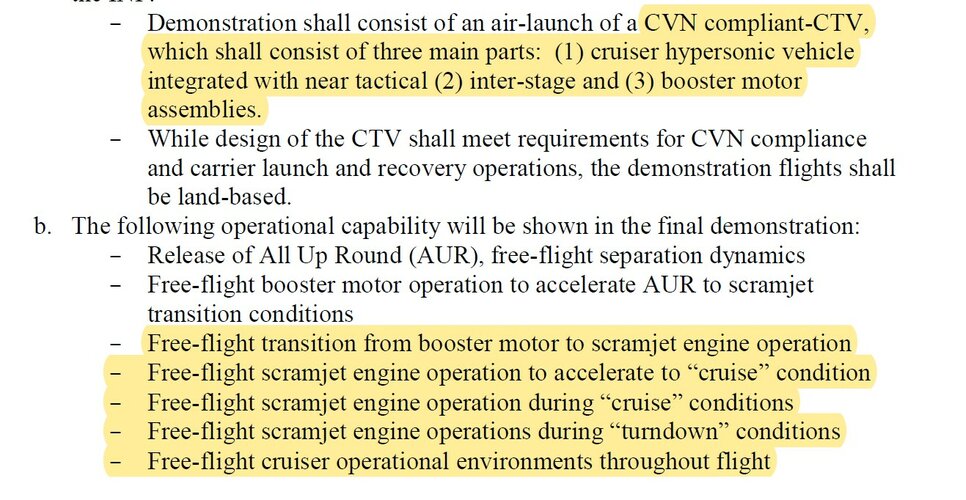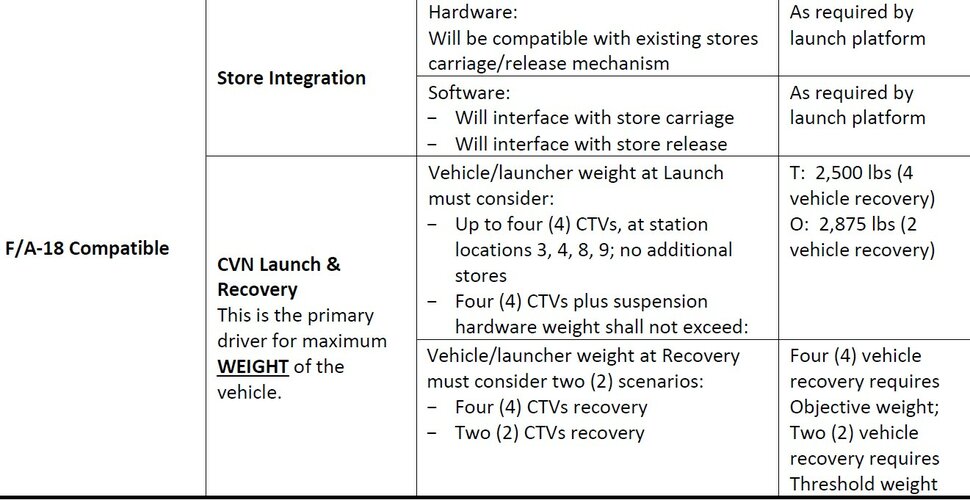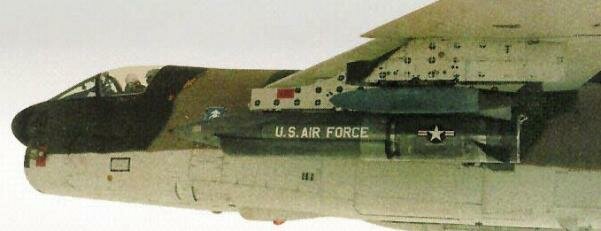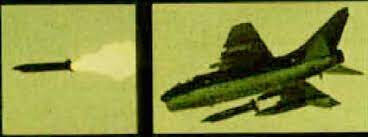bring_it_on
I really should change my personal text
- Joined
- 4 July 2013
- Messages
- 3,669
- Reaction score
- 3,831
The US Navy has (re) launched (August 2021) the Screaming Arrow prototyping effort after withdrawing the prior outreach to industry back in March. Wanted to start a dedicated thread to discuss what the Navy is asking for here since they have provided a notional set of requirements and are preparing to start the early phases of the program in early 2022. The Navy seems to be looking at an Air Launched scramjet powered weapon with an AUR weight well below 3,000 lbs.
The SCREAMING ARROW Innovative Naval Prototype (INP) program is funded by the Office of Naval Research (ONR) starting in Fiscal Year 2022 (FY22). The objective is to demonstrate an aircraft carrier (CVN) compliant, air-launch, of an air-breathing propulsion controlled test vehicle (CTV) (cruiser, inter stage and booster) that is compatible with an F/A-18E/F Super Hornet. Successful demonstration(s) – likely three CTV launches – will culminate in the CTV captive carriage, CTV air launch separation, CTV controlled flight, CTV-booster ignition, CTV-booster operation, CTV separation (cruiser from booster), cruiser controlled flight, cruiser engine start, cruiser accelerates to cruise condition, cruiser at cruise condition, cruiser turndown, cruiser terminal phase flight trajectory and cruiser flight impact.
The programmatic approach is to leverage previous and current hypersonic air-vehicle/ propulsion developments by government agencies and defense industry contractors. The specific technology approach chosen shall be selected based upon cost, schedule, and analysis of meeting a series of maturation criteria, which include key kinematic and physical characteristics, critical component maturity validated through tests, and concept design compatibility with CVN and F/A-18E/F usage.
Within both the Navy and the Office of the Secretary of Defense (OSD) there is a desire to field a near term hypersonic weapon system. This potentiality invites enlarging the scope to consider a strategy and program structure that goes beyond the current mandate of controlled flight vehicle demonstration to the potential of becoming an on-ramp to a future weapon. Taking a broader view of the landscape, this programmatic approach considers other factors, such as development, production and Life Cycle Cost.

